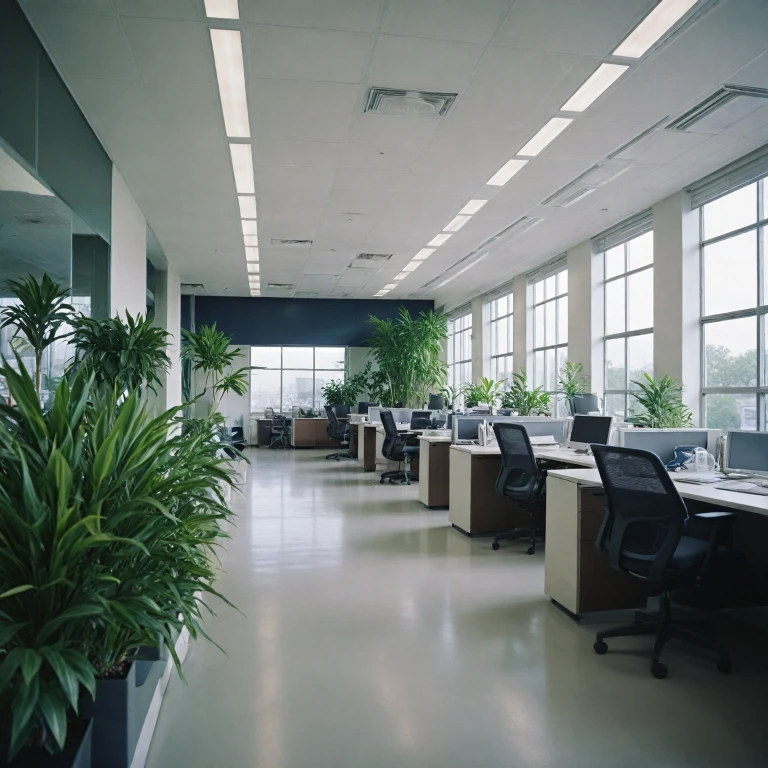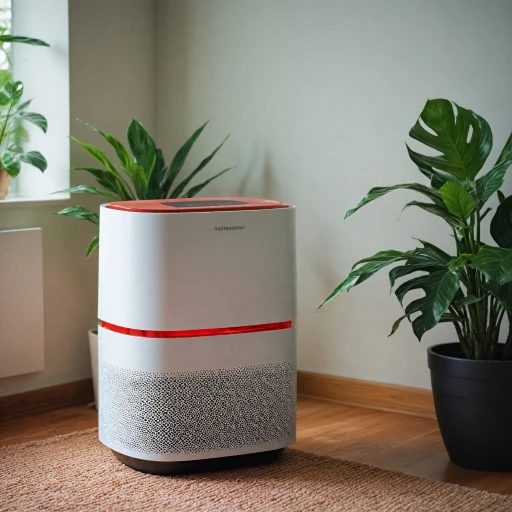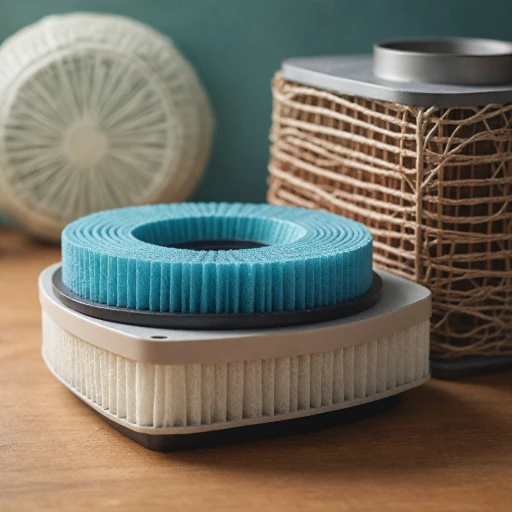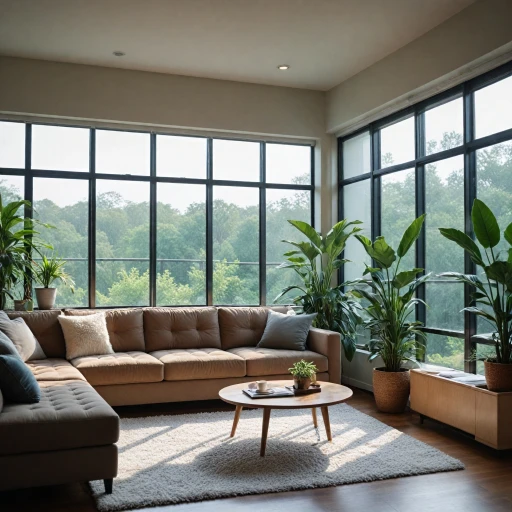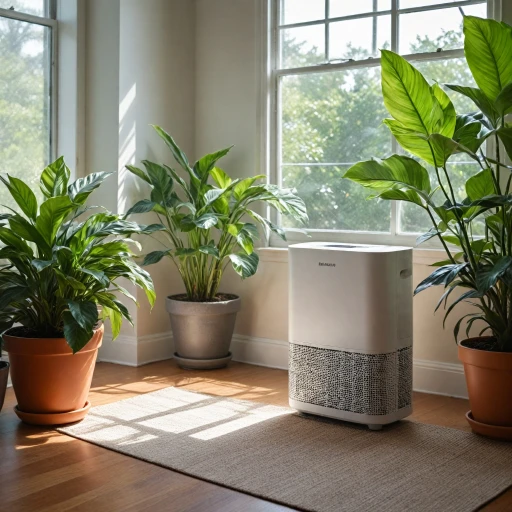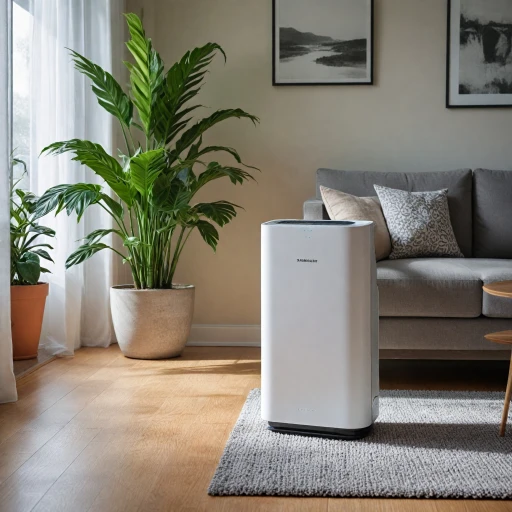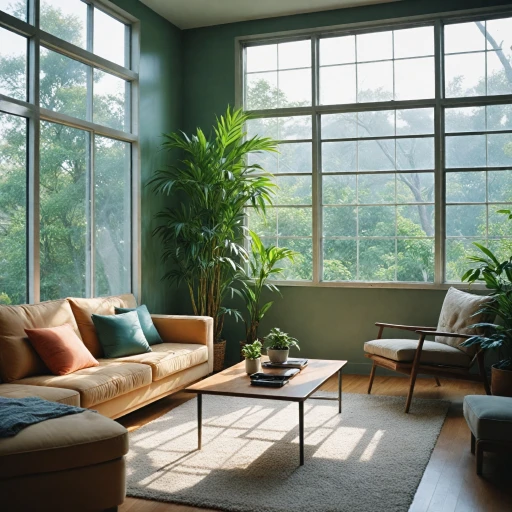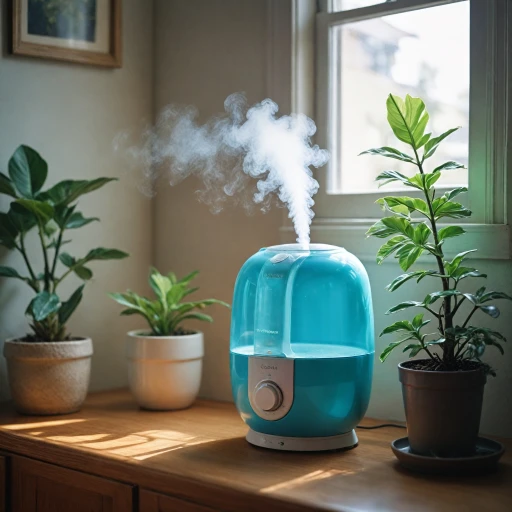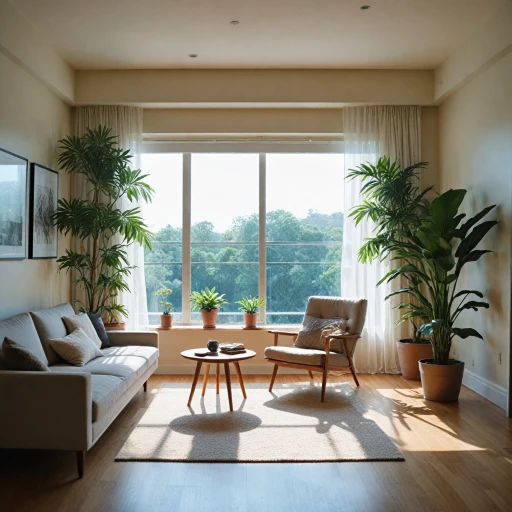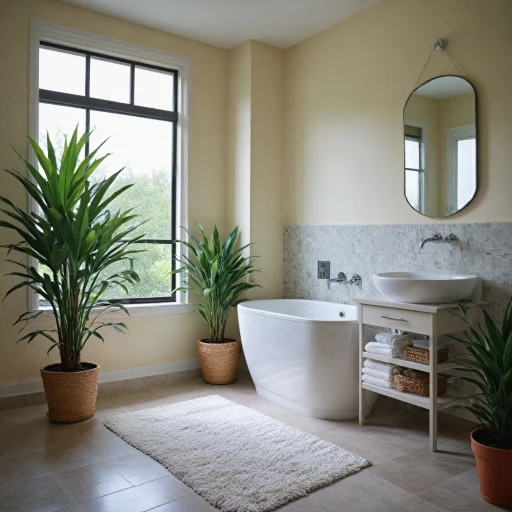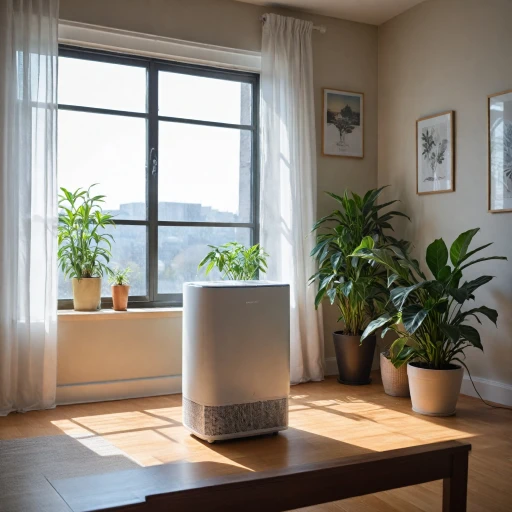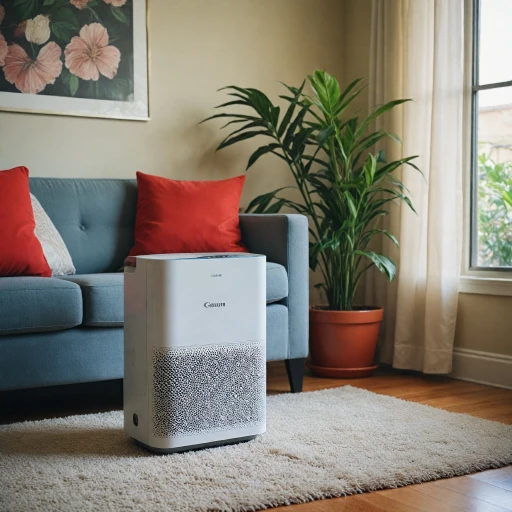
Understanding the Need for Commercial Air Purification
Recognizing the Importance of Air Purification in Commercial Spaces
Indoor air quality in commercial settings is more critical than ever, as people spend significant portions of their day in workplaces, shopping centers, and other public venues. The presence of various pollutants, like dust, pollen, and smoke, can compromise the atmosphere, making efficient air purification vital for maintaining a healthy environment. Implementing effective air cleaning solutions ensures a safe and clean air supply for employees and customers alike.
Commercial air purifiers, such as those from Daikin, are designed to tackle the unique challenges present in larger spaces, often featuring high CFM (cubic feet per minute) ratings to efficiently process indoor air. Utilizing advanced air filtration systems, such as HEPA filters, these purifiers capture harmful particles, including allergens and smoke, significantly enhancing the air quality indoors.
The continuous operation of air cleaning systems helps to uphold air quality standards, vital for businesses to meet health regulations and ensure occupant wellbeing. Additionally, the initial investment often proves cost-effective when balanced against long-term health benefits and increased productivity, even accounting for routine maintenance and operational practices.
With the original price and regular price considerations, businesses must weigh the benefits of advanced purification technologies against the immediate financial outlay. Yet, with evolving market options and prices often on sale, there are filtration systems available at a range of price points that can meet distinct needs without compromising on efficiency.
Key Features of Effective Commercial Air Purification Systems
Characteristics to Look for in Top Commercial Air Purification Devices
In the quest to enhance indoor air quality, recognizing the defining attributes of effective commercial air purifiers is pivotal. High-standard systems equipped with advanced features result in a cleaner and healthier environment. The following points highlight essential characteristics you might consider:- HEPA Filtration: For quality assurance, commercial air purifiers often utilize HEPA air filters. These filters trap 99.97% of particles as small as 0.3 microns. This level of filtration is crucial for removing airborne pollutants like dust, allergens, and smoke particles.
- Airflow Capacity (CFM): Air change rate plays a significant role in maintaining continuous air cleanliness. A system's airflow capacity is measured in cubic feet per minute (CFM). Commercial air cleaners should possess a high CFM rating to ensure rapid and effective air exchange, proportionate to the room or facility size.
- Versatile Filtration Systems: Beyond HEPA, having a multi-stage filtration system is advantageous. Including additional filters such as activated carbon for odor removal and pre-filters for capturing larger particles extends the purifier’s capability to clean indoor air comprehensively.
- Design Compatibility: The type of installation – whether it’s ceiling mount or floor-standing – can impact the purifier’s effectiveness. Ensure the selected model matches the space requirements and aesthetic considerations of your commercial premises.
- Smoke Eater Efficiency: In environments where smoke, whether from industrial processes or smoking areas, is a concern, purifiers should excel as smoke eaters, efficiently removing smoke particles and odors.
- Operational Cost and Price Considerations: Along with the original price, factor in the cost of replacement filters and energy consumption in choosing a cost-effective solution. Accessible options often provide a price sale or maintenance discounts to offer better value over time.
- Brand Reputation: Entities like Daikin and others offer a variety of air purifiers renowned for reliability and innovation. These brands' commitment to maintaining high purification standards instills trust and excellence in indoor air quality solutions.
Types of Commercial Air Purification Technologies
Exploring Different Technologies for Air Cleaning
- HEPA Filtration: High-Efficiency Particulate Air (HEPA) filters are renowned for their ability to capture 99.97% of particles as small as 0.3 microns. HEPA filtration is a standard choice for environments where maintaining a clean air quality is paramount, such as in hospitals and laboratories. The efficiency of HEPA filters in trapping dust, pollen, and smoke particles makes them a staple of commercial air purifiers.
- Activated Carbon Filters: These filters are particularly effective in removing odors and volatile organic compounds (VOCs) often found in indoor air. By adsorbing gaseous pollutants, activated carbon filters play a critical role in enhancing the air quality in spaces subject to various chemical emissions.
- UVGI Systems: Ultraviolet Germicidal Irradiation (UVGI) uses UV-C light to neutralize airborne pathogens and microbes. This technology is often used alongside other filtration systems to enhance the overall air purification process.
- Electrostatic Precipitators: These devices use electrically charged plates to attract and capture airborne particles. They are effective in dealing with smoke and fine particulate matter, making them a valuable component of comprehensive air filtration systems.
- Ionic Purifiers: By emitting negative ions, these purifiers bind to particles in the air, causing them to settle out of the air stream. While effective, ionic purifiers can produce ozone, which is a consideration when looking at long-term indoor air quality.
Considerations for Choosing the Right System
Factors to Consider When Selecting the Optimal Purification Solution
Selecting the right commercial air purification system is essential for ensuring high-quality indoor air. With a variety of systems available, from ceiling-mounted purifiers to standard filtration systems, it's important to focus on several key factors that contribute to clean air outcomes:- Type of Contaminants: The specific types of pollutants and particulates present in your environment should direct your choice of air purification technology. For instance, environments dealing with high smoke levels might need specialty smoke eater systems with robust filtration capabilities.
- Filtration Efficiency: Consider systems with HEPA filters for enhanced air filtration capacity, especially in settings requiring strict air quality standards. HEPA filters are known for effectively capturing minute particles and allergens.
- Coverage Area: Assess the cubic feet per minute (CFM) capacity of the purifier. This measure indicates the volume of air the system can process, ensuring it efficiently covers the entire commercial space without compromising on performance.
- Installation Requirements: Evaluate if a ceiling mount system or a more traditional unit better suits your facility's layout and air circulation patterns. This choice will impact installation considerations and ongoing maintenance practices.
- Operational Costs: Factor in both the initial purchase price and ongoing operating costs. Consider long-term expenses, such as filter replacements and energy consumption, to make an informed decision.
- Price and Value: While standard filters and systems might have a lower original price, higher-end solutions like those from Daikin could offer premium features that ensure superior clean air delivery over time.
Maintenance and Operational Best Practices
Ensuring Smooth Operations and Prolonged Efficiency
Maintenance is a critical element in maximizing the performance and longevity of commercial air purification systems. While these systems are designed for high efficiency, regular upkeep keeps them operating at their best, ensuring that indoor air quality remains uncompromised.
Here's how you can maintain your air purification systems effectively:
- Regular Filter Replacement: The heart of air purification systems lies in their filters. Whether utilizing HEPA, activated carbon, or other specialized filters, it's crucial to replace them according to the manufacturer’s guidelines. Regularly changing these filters prevents clogging and ensures the system can deliver clean air consistently.
- Performance Monitoring: Monitoring air quality metrics and the performance of purification systems helps in identifying degradation in efficiency. Implementing sensors and periodic check-ups can preemptively address potential issues, maintaining a high standard of air quality.
- Addressing Wear and Tear: Commercial environments can demand more from purification systems. Inspecting components such as fans, blowers, and motors for wear and tear, and addressing these issues promptly, can extend the lifespan of the system.
- Professional Maintenance Services: Engaging professional services for routine maintenance ensures that all technical aspects are handled expertly, optimizing the system's operation and catching potential problems early.
Implementing these practices can significantly bolster the efficiency and lifespan of your commercial air purifiers, safeguarding the investment and delivering consistent air quality. The longevity afforded through diligent maintenance not only optimizes performance but also adheres to budget considerations by reducing unexpected repairs or replacements.
